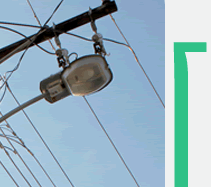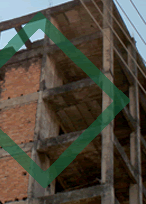"C" and the concept of infrastructure
 |
 |
|||||
 |
 |
|||||
 |
 |
 |
 |
|||
 |
 |
|||||
 |
 |
|||||
This chapter, as it extends Critel’s four commonplaces (see introduction to this collection) to examine MOOCs, also suggests that we consider an additional overarching concept of the CITY, which we will invoke as an analogy to the technological space, the digital information architecture that we identify as informational infrastructure. Infrastructure—best defined in the book Sorting Things Out: Classification and Its Consequences, by Geoffrey C. Bowker and Susan Leigh Star —describes the social forces defined by categories embedded in, and defined by, institutions and how those institutions exert pressure, often unknowingly, upon individuals.
This concept of embedded infrastructure is expanded by Star to a wide range of communicative practices in her highly influential article “Got Infrastructure? How Standards, Categories and Other Aspects of Infrastructure Influence Communication.” Star’s scholarship in the social studies of science began when she revealed invisible technological labor from a feminist sensibility using empirical methods. Her later work then describes the concept of how “information infrastructure” makes visible what is taken for granted or unseen: the categories, classifications, taxonomies, breakages that all point to and also reveal what is left out, elided and made invisible in any system of cooperative work.
Walking through the city as a metaphor (de Certeau; Reynolds) and examining the cultural soundscapes of the city’s vertical sonic layers (Acoustic Territories) are powerful descriptions of sensorial mapping of a city’s cultural meanings, structures, and differences. Infrastructure, however, takes this mapping of the city’s meanings from a wider angle and on a larger scale, beyond any individual senses or capabilities, and shows how broad technological moments can impact individuals in space and time. Infrastructure also relates to the conceptual ERA of a particular moment in the history of technology, indicating what is possible, necessary, closed off, or in conflict between specific structures.